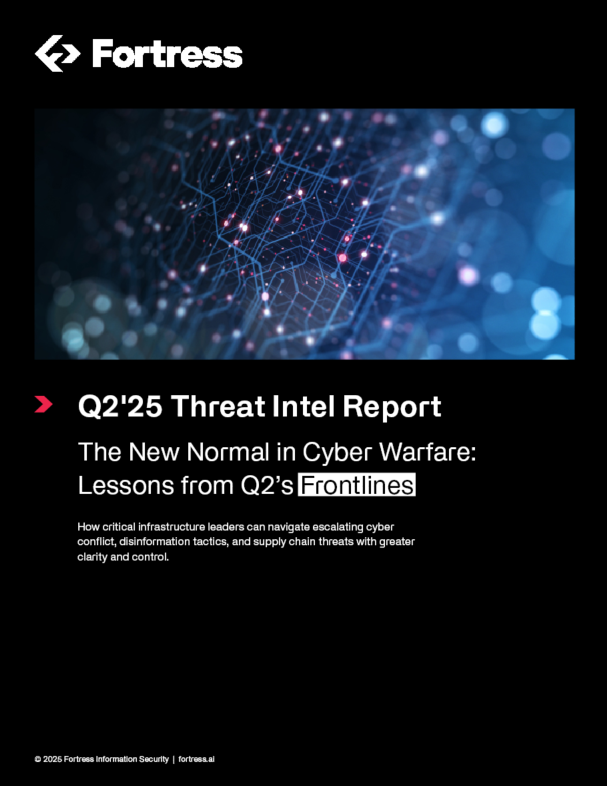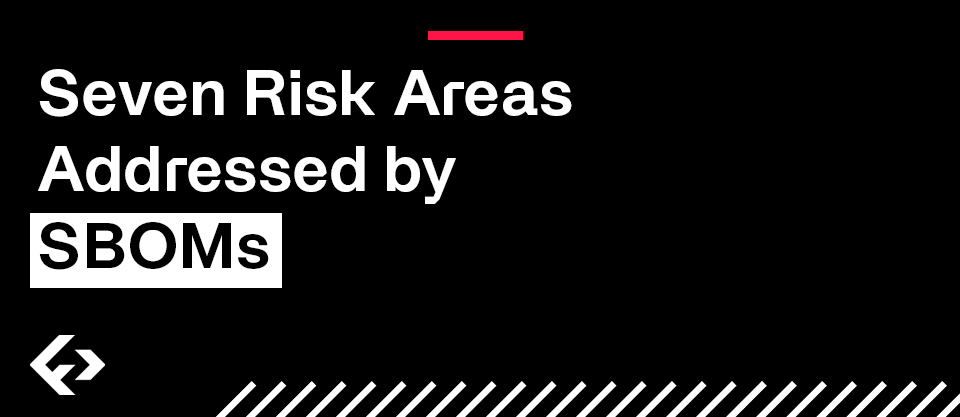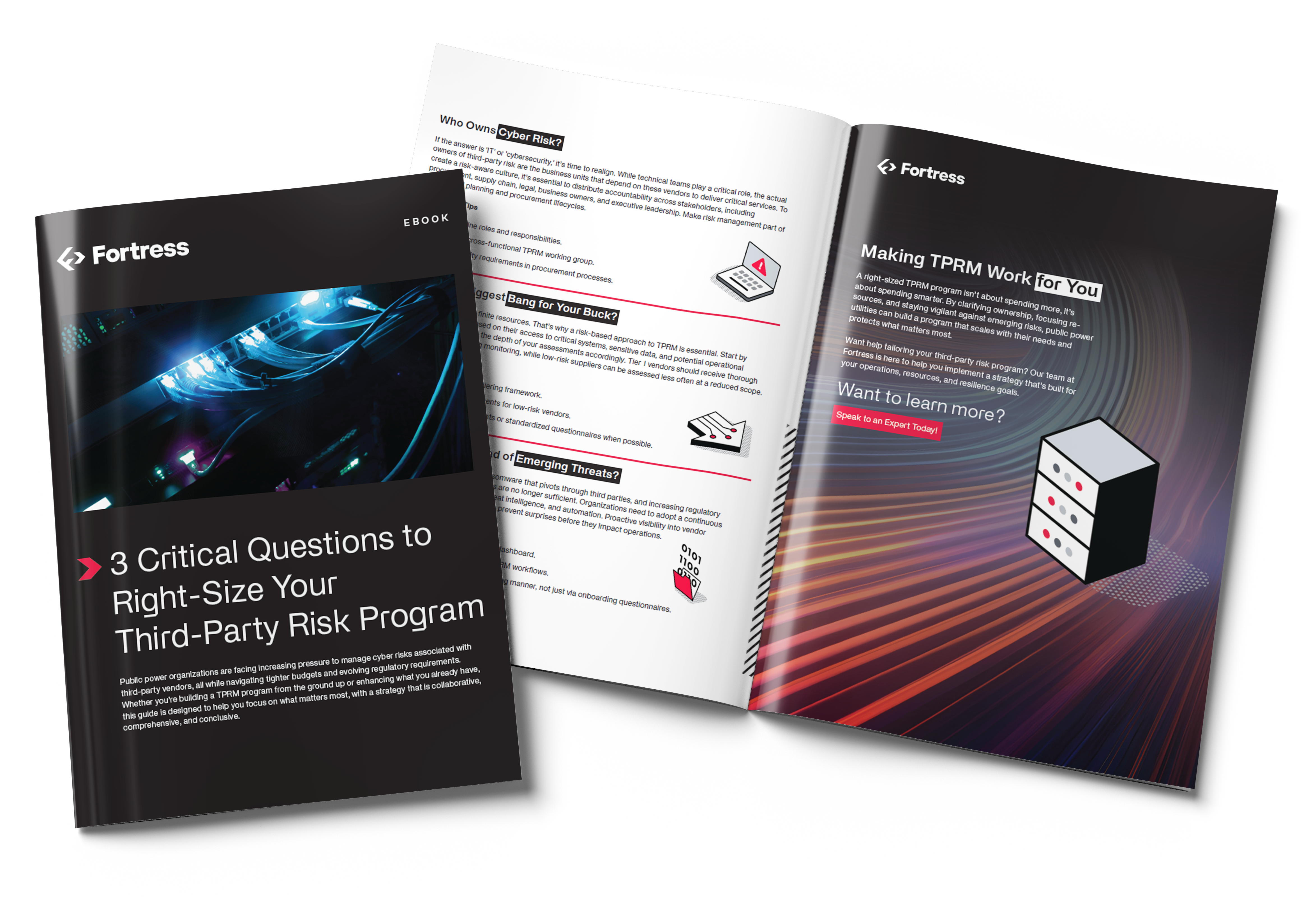-
-
Platform
-
Company
-
-
-
Commercial
- Industry Collaboration
- Solutions
- Industries
-
© 2025 Fortress Information Security. All rights reserved







Organizations are under growing pressure to manage cyber risk across their third-party ecosystems while navigating shrinking budgets and rising regulatory demands. Whether you're just starting or strengthening an existing program, this guide provides a focused approach to building a third-party risk management (TPRM) strategy that works.
Key Takeaways:
Download the guide and start building a more secure, resilient supply chain.

Effective third-party risk management for critical infrastructure requires more than identifying which vendors have access to your environment. Organizations must evaluate vendor access across multiple dimensions, including physical, remote, and logical access, the sensitivity of exposed systems and data, and the frequency of interactions.
By assessing these factors, cybersecurity and compliance teams can better understand the true risk profile of third-party vendors, prioritize mitigation efforts, reduce operational vulnerabilities, and ensure alignment with industry regulations such as NERC CIP, NIST, and CMMC. A strong vendor access evaluation process is essential to securing the supply chain and maintaining resilience across IT, OT, and cloud environments.
Partner with Fortress to implement a comprehensive Product Security strategy that integrates seamlessly into your existing cybersecurity workflows.